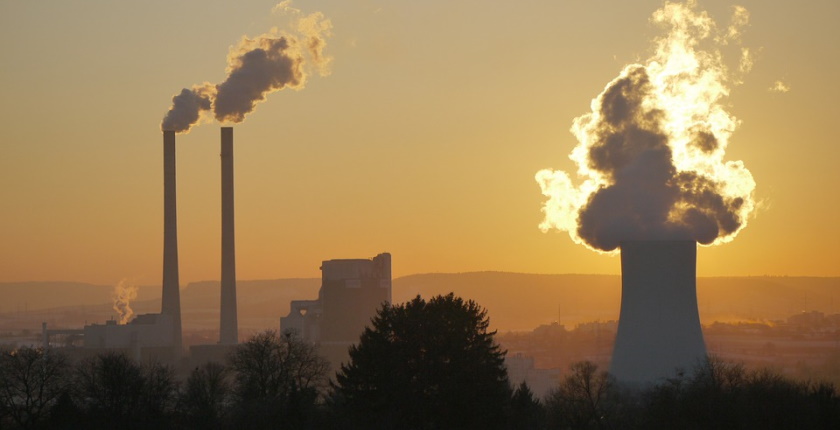
Photo: MonikaP from Pixabay
Bosnia and Herzegovina, Kosovo* and North Macedonia surpassed the ceilings for air pollutants in 2018 and 2019 that they determined in their national emission reduction plans, the Energy Community Secretariat said as it opened cases against them.
National emission reduction plans or NERPs are an instrument to comply with the requirements of the Large Combustion Plants Directive by providing the reduction of sulfur dioxide, nitrogen oxides, and dust emissions – particulate matter. North Macedonia failed to meet the ceilings for sulfur dioxide and dust, while BiH and Kosovo* failed to meet the ceilings for all three pollutants, the Energy Community Secretariat said.
The secretariat said it had issued reasoned opinions against the three contracting parties for the reporting years 2018 and 2019, arguing that they haven’t significantly reduced air pollution from thermal power plants under the directive.
There is a two-month deadline for a response
The statement adds that implementing the segment of the Energy Community environmental acquis is key for the progressive reduction of air pollution in the energy sector, which is responsible for severe health and environmental damages. North Macedonia, BiH, and Kosovo* have the opportunity to react to dispel the concerns before the secretariat refers them to the Energy Community Ministerial Council.
The Energy Community Secretariat launched the dispute settlement procedures almost a year ago. It is preliminary enforcement, and the contracting parties can react to the allegation of non-compliance with Energy Community law within two months.
The cases were opened almost a year ago and Serbia was included
Interested parties may be granted access to the case file and submit written observations during the preliminary procedure. In the meantime, the secretariat can establish the entire background of the case. Last March, when the Energy Community Secretariat made a move, it included Serbia for breaching the limit for sulfur dioxide.
Large combustion plants are those with a capacity of more than 50 MW. In the case of the three said contracting parties, almost all the air pollution in the segment originates from lignite-fired thermal power plants.


















Be the first one to comment on this article.